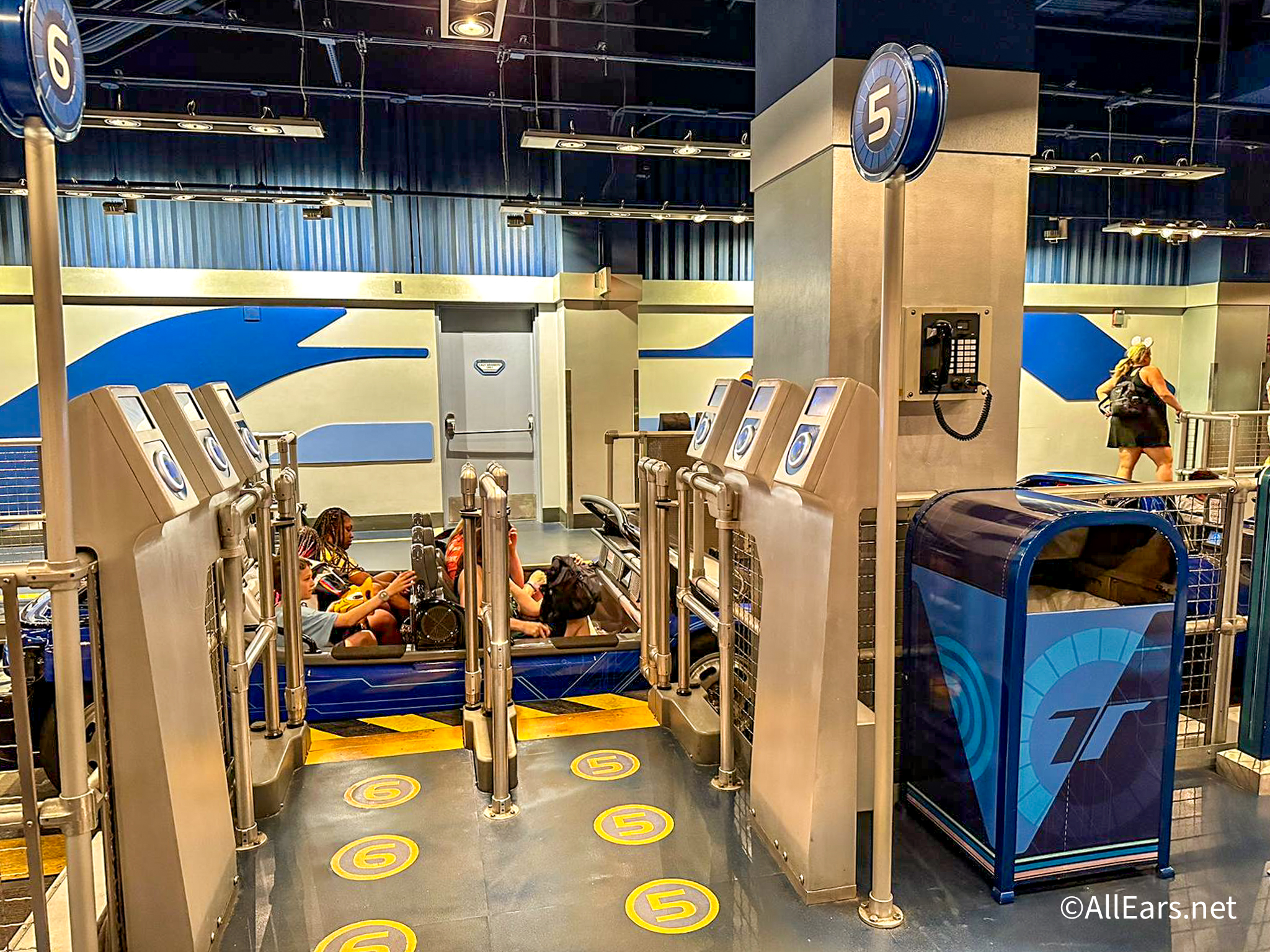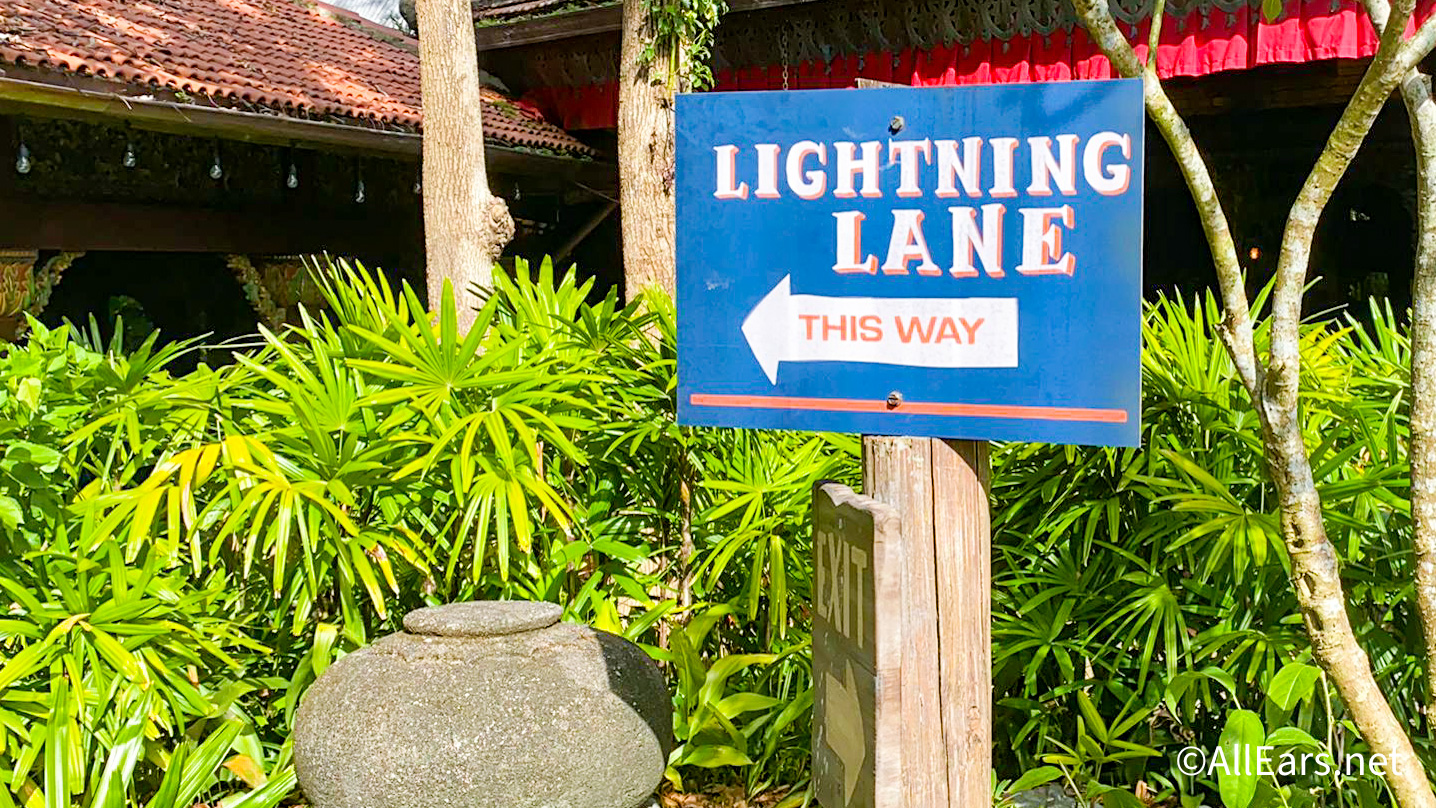By Helen Dunn
In recent years the run/walk strategy for completing an endurance event has become extremely popular. The technique is bound to become even more popular at Walt Disney World sponsored races since the chief proponent of the run/walk method, Jeff Galloway, has become the Official runDisney Training Consultant. In fact, Galloway provides specific training plans for the runDisney races at the runDisney website (training plans for the January races are not listed yet – stay tuned!)
These plans are certainly worth checking out for a structured guide on training for a race, but what I want to talk about are some of the basic concepts of the strategy and how that strategy might be useful to members of Team AllEars.
Before I go any further please allow me clear to up a couple of misconceptions:
“¢ Not every runner will run every single step of a half or full marathon. In fact, very few runners will accomplish that feat. It’s really OK to walk during a half or full marathon, no alarm bells sound if you take a walk break!
“¢ Running as far as you can from the start line until you run out of gas and then starting to walk is NOT run/walk. Run/walk is a real strategy, not a last resort.
I’ll say it again: run/walk is a real strategy. It means going into your training and your race with a plan of attack that you stick to. In order for it to work best, you can’t just wing it. If you do stick to it, athletes are likely to feel less fatigue, recover more quickly, avoid injury and, in some cases, even get faster!
One of the main ideas behind the run/walk strategy is to go slow during the longest training event of the week. The longest training session should be done a minute or two SLOWER than the pace you want to hold during the race itself. You can work on speed during shorter runs mid-week, but the long one should always be at an easy pace where you are not huffing and puffing and where you feel really good, and strong, at the end of the session.
The second big idea behind run/walk is to take walking breaks early and often during your training sessions and on race day. By taking these scheduled breaks, athletes use different muscles while they exercise and therefore experience less fatigue than if they stuck with one activity. It’s important to take the breaks early, even when they seem unnecessary, in order to gain the most benefit from the technique later in the race.
Here’s something surprising that you might not know about run/walk: even though it’s called run/walk, it works for power walkers too! For walkers, instead of taking a walk break, it’s suggested that you take a “shuffle” break. Instead of running, walkers would do their power walk for the run segment and then switch to regular, easy walking for the walk segments. Walking in this slightly different way eases fatigue the same way switching between running and walking works for runners.
One of the biggest mistakes distance athletes make on race day is going out too fast. You will hear this warning from every veteran racer out there. We all know that it’s a mistake and yet most of us still do it. It’s a difficult trap to avoid, but embracing run/walk will help with that problem! Conserving energy in the first mile or two by taking scheduled walk breaks will help runners and walkers maintain a steady pace throughout the race and many (if not most) will find themselves passing other athletes in the later stages of a race. What a great boost to the ego!
Another thing I hear often from run/walk skeptics is “I don’t want to try that – when I walk, I find it really hard to start up running again.” This is true when you start taking walk breaks at a point where you are already tired from going out too fast. However, when starting this strategy from the beginning of a race, most people will maintain a steady pace over the length of the event and will not have trouble running later in the race.
Another very common strategy I hear from endurance athletes is, “I’m going to go out fast and bank up some time so I’ll have a cushion later when I’m tired.” That sounds great, but unfortunately, it doesn’t always work, and, in many cases, it backfires. If you follow a run/walk strategy from the beginning the hope is that late in a half marathon (around mile nine) or marathon (around mile 18) you will feel great and will either continue to maintain a steady pace until the finish line or start to SKIP the walking breaks because there is a feeling that the walking breaks are not needed. Many runners and walkers actually get FASTER using this method because they have less fatigue in the later miles of an event. Sounds great, doesn’t it?
Using run/walk can also help with the mental aspect of distance training too. The run/walk method breaks up seemingly impossible distances into small, manageable chunks that athletes know for sure they can handle. It’s a lot easier to say “I’m going to run for the next two minutes” than it is to say “I’m going to run for the next thirteen miles.”
It can be hard to figure out a run/walk ratio that’s best for you, so you should experiment. I have found that a 2:30 run with a 1 minute walk works best for me. Some people will run for 30 seconds and walk for 30 seconds. Some people will take breaks, not by time, but by mile markers. The trick is to find something that feels good to you and stick with it from the very beginning of the training session or race.
My own experience with run/walk has been fantastic! I ran my marathon PR in 2006 (using the “bank time and then fade plan”) and never came anywhere close to running that pace again until I tried run/walk. In 2011 I ran Marine Corps Marathon sticking with the run/walk plan on race day. I came within 16 seconds of my PR and in my book, I really couldn’t have had a more successful day!
You won’t know if the strategy works for you until you try it yourself, so I encourage all of you to test it out on a day when you are running or walking a distance that is at the edge of your comfort zone. Try the run or walk once the regular way you’d do it and write down your time and how you feel before/during and after. Next time you do that distance, try the run/walk method and record the same information and see how it goes. I think you might be surprised!
For more information on the run/walk method visit Jeff Galloway’s site.
You can also find Jeff Galloway’s 18 week training plans at the Disneyland Half Marathon site.






















Helen, great post! I too use Galloway’s run/walk method. After being injured while training for last year’s WDW Half Marathon, I switched over to run/walk. It’s keeping me from getting injured and I enjoy it more. This October I hope to be able to run/walk the entire Wine & Dine half marathon.
Keep up the great work!
Great post, Helen! I’m a huge advocate of using run/walk and implemented Galloway’s method during my first half last January. That’s the ONLY way I would have been able to complete it. You can often tell who uses the run/walk and who doesn’t. Those who use it are often passing those who don’t use it around mile 7-8. You’re fresher…you push that point of fatigue farther into the race…you have less chance of injury…it makes sense!
Yes – thank you for sharing the run-walk-run method with readers.
I have been using it since I first started running two years ago, and notice a huge difference in my joints and tendons when I stop using Jeff Galloway’s method. I am currently training for the Wine & Dine Half Marathon in October, and love alternating running with walking. I find I have lots of energy left after a run, and my pains have pretty much gone away.